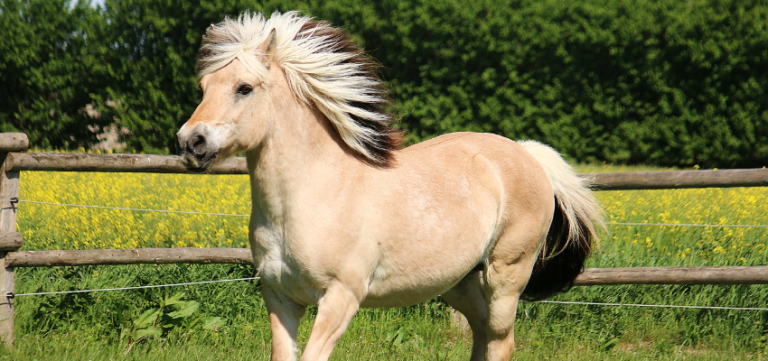
The Fjord Horse in Breed Profile – Size, Character and Suitable Disciplines
The Fjord horse is a popular leisure and sport horse. In this article, you will learn all about its history, origin, appearance, character, lifespan, breed-specific

The Fjord horse is a popular leisure and sport horse. In this article, you will learn all about its history, origin, appearance, character, lifespan, breed-specific
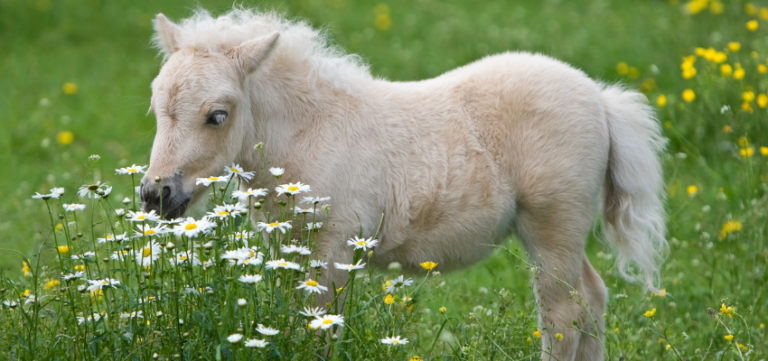
The Falabella is the smallest horse breed in the world, known for its gentle, intelligent, and curious character. In this article, learn everything about the
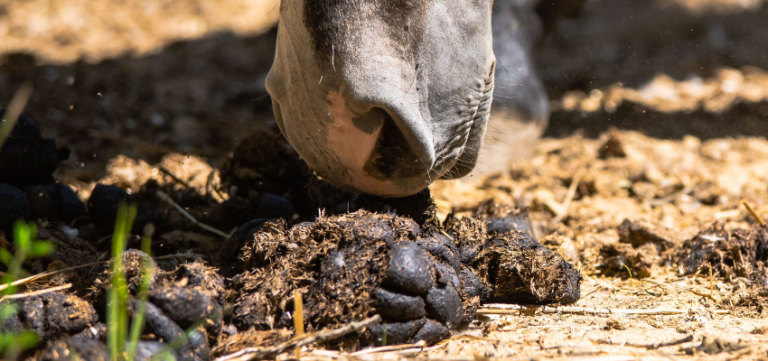
Gastrointestinal issues such as colic, diarrhea, bloating, and fecal water syndrome are unfortunately not uncommon. In this article, you will learn everything about the causes,
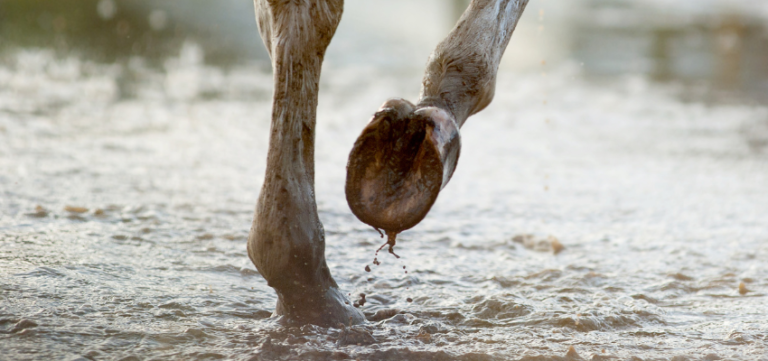
Among the most common and persistent hoof problems in horses is thrush. It often occurs in the spring and fall and is promoted by wet
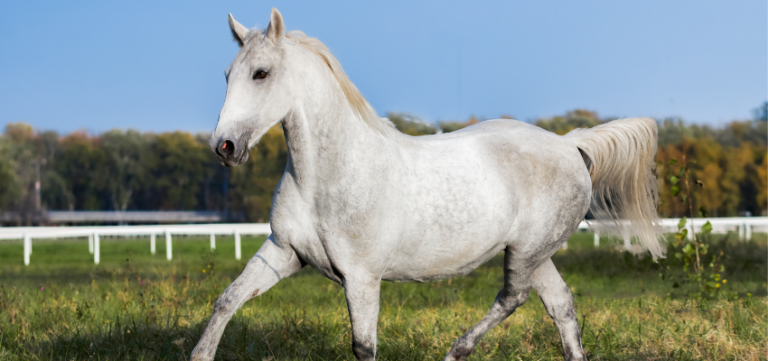
The Lipizzan is one of the oldest European horse breeds, known for its graceful appearance and its talent in classical dressage, the High School. It
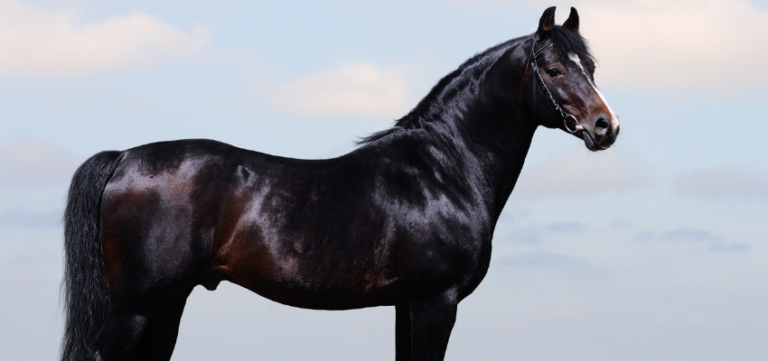
The Trakehner is among the world’s oldest horse breeds. It captivates with its elegant appearance, its unique temperament, and its talent as a sport horse.
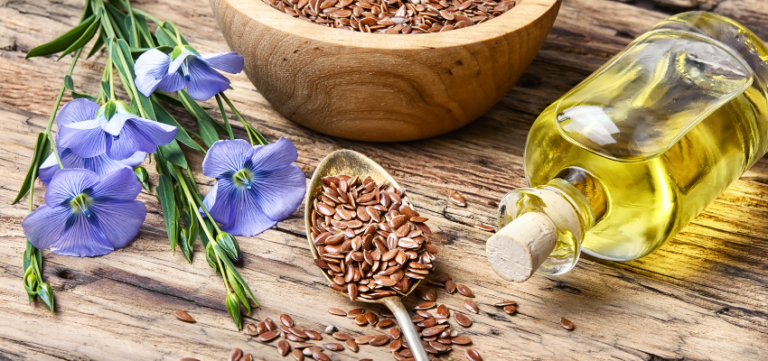
Flaxseed oil is probably the most commonly used oil for horses. But what makes this oil so popular? In this article, you’ll learn everything you
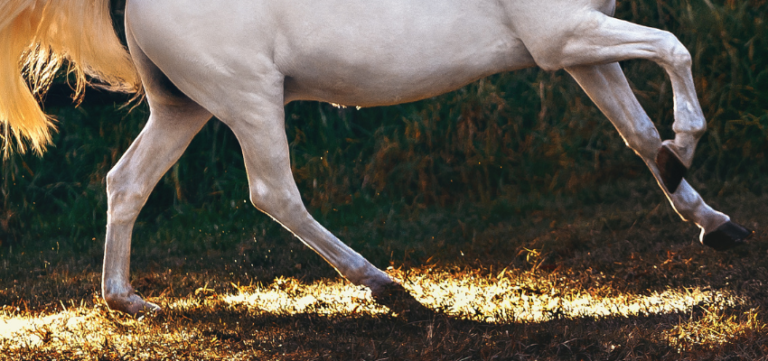
Arthritis in horses is a chronic degenerative joint disease. It can have a significant impact on your horse’s mobility, well-being, and quality of life. But
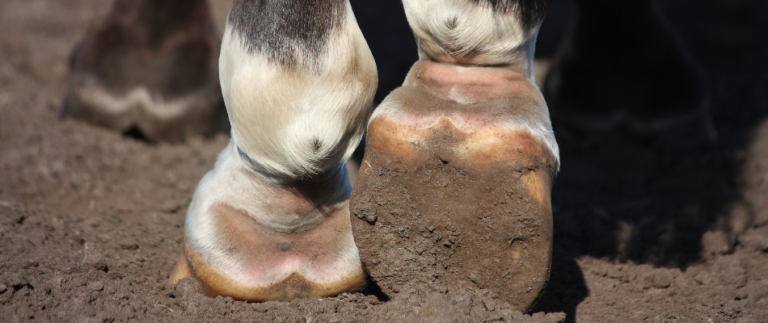
Mud fever is a common skin disease in horses that can cause both unpleasant symptoms and serious consequences if not treated properly. It’s very important
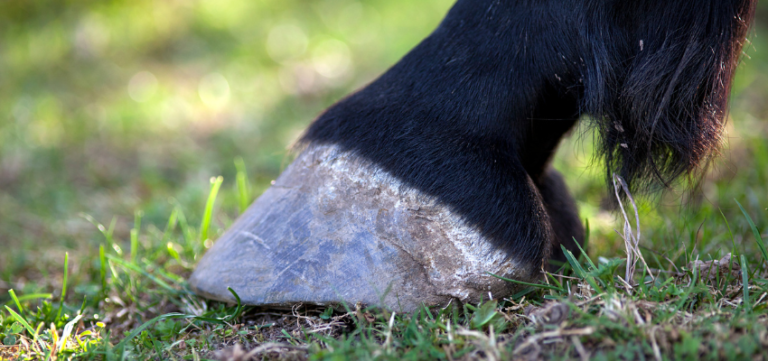
Laminitis is one of the most painful diseases in horses. In some cases, it can even become chronic. But what exactly is laminitis? In this
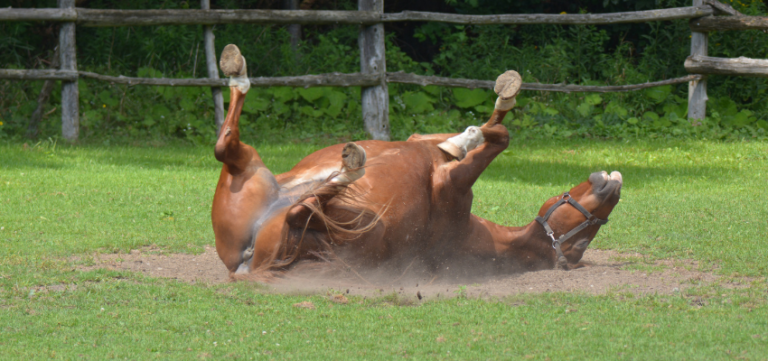
Colic is a common gastrointestinal issue in horses that can not only lead to abdominal pain but potentially be life-threatening. But what exactly is colic
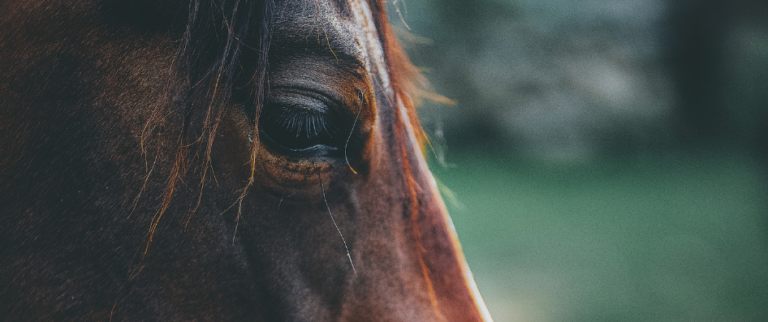
Table of Contents: When are horses considered problem horses? Why are there problem horses? The importance of timely recognition of issues Problems due to human
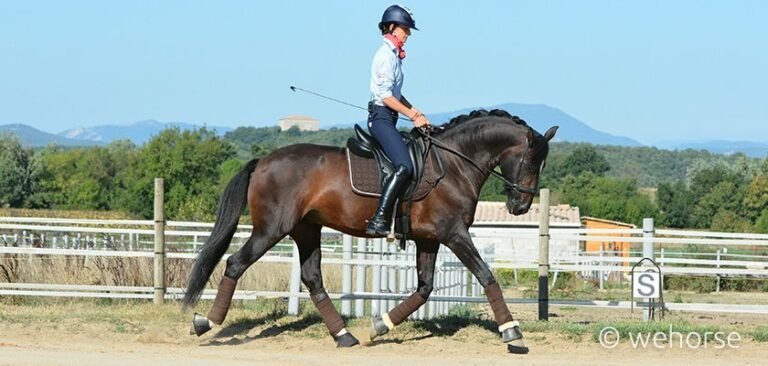
More and more riders have been switching to a bitless bridle. When used correctly, precise aids can be given without a bit, allowing difficult exercises

The horse spine and back are one of THE most important parts of the body and are at least as sensitive as our own. If
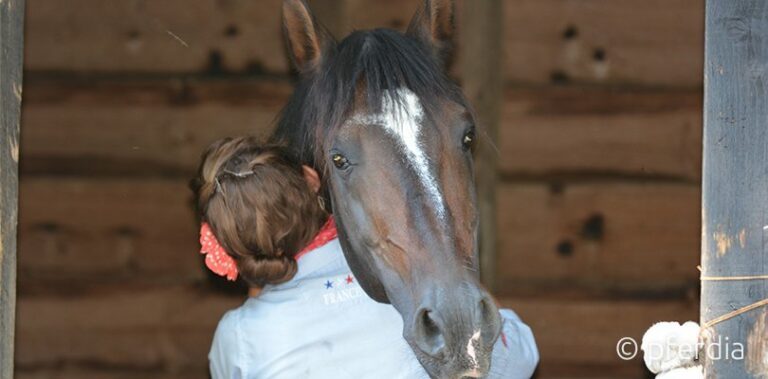
Have you ever tried massage, acupressure, stretching, or any other ways to strengthen your relationship with your horse when you’re not riding? Again and again
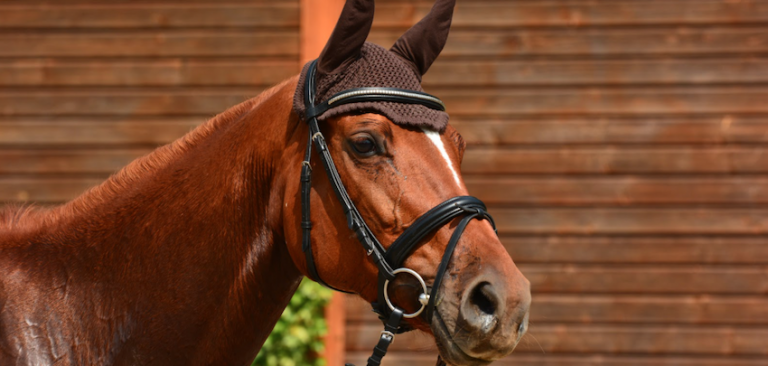
Choosing the right tack for your horse is just as important as a regular dentist and farrier checkups because a non-fitting saddle or bridle can cause much damage to the horse.
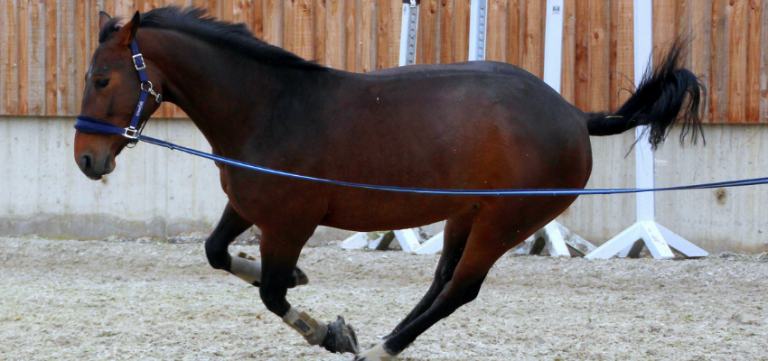
A horse bucking because he feels good is one thing but bucking under saddle is another, ranging from fairly harmless little bunny hops to terrifying bronc shows.
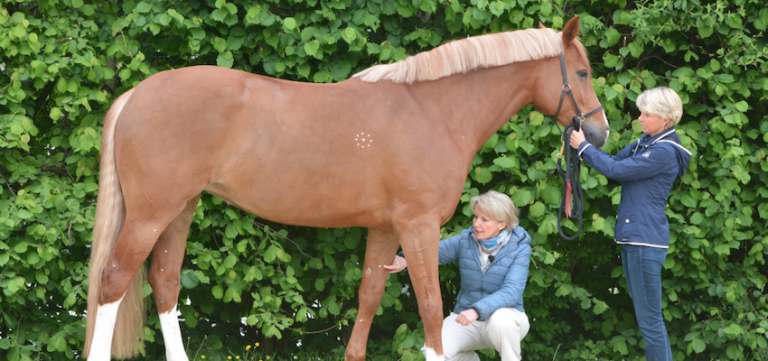
In this article, you will be introduced to the fundamentals of equine acupressure and will find out what this component of Traditional Chinese Medicine is all about and how it can be used to help horses.
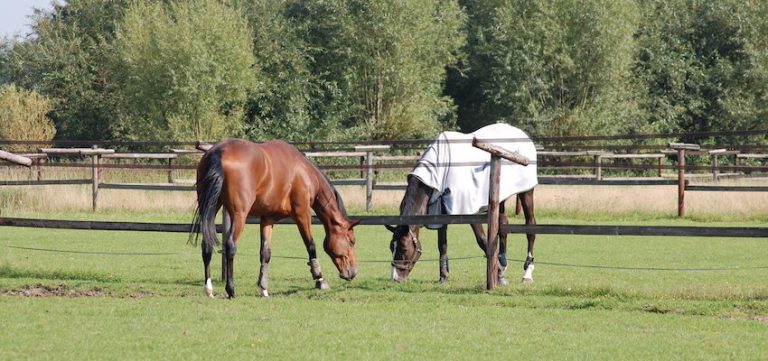
Why is it that horses actually wear blankets, and is the act of turning out horses in the winter without a blanket an act of neglect, or is it the owner’s choice as to whether or not to fit their horses with this winter attire?
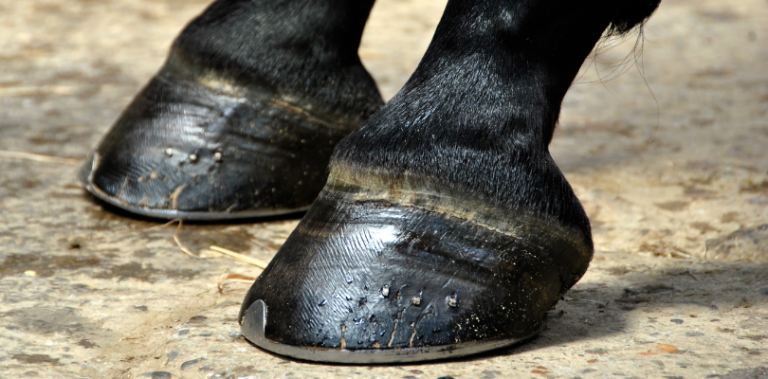
A horse farrier is a professional who is trained to care for equine feet. He or she possesses knowledge in both biology and anatomy and has studied the physiological needs and makeup of horses at length.